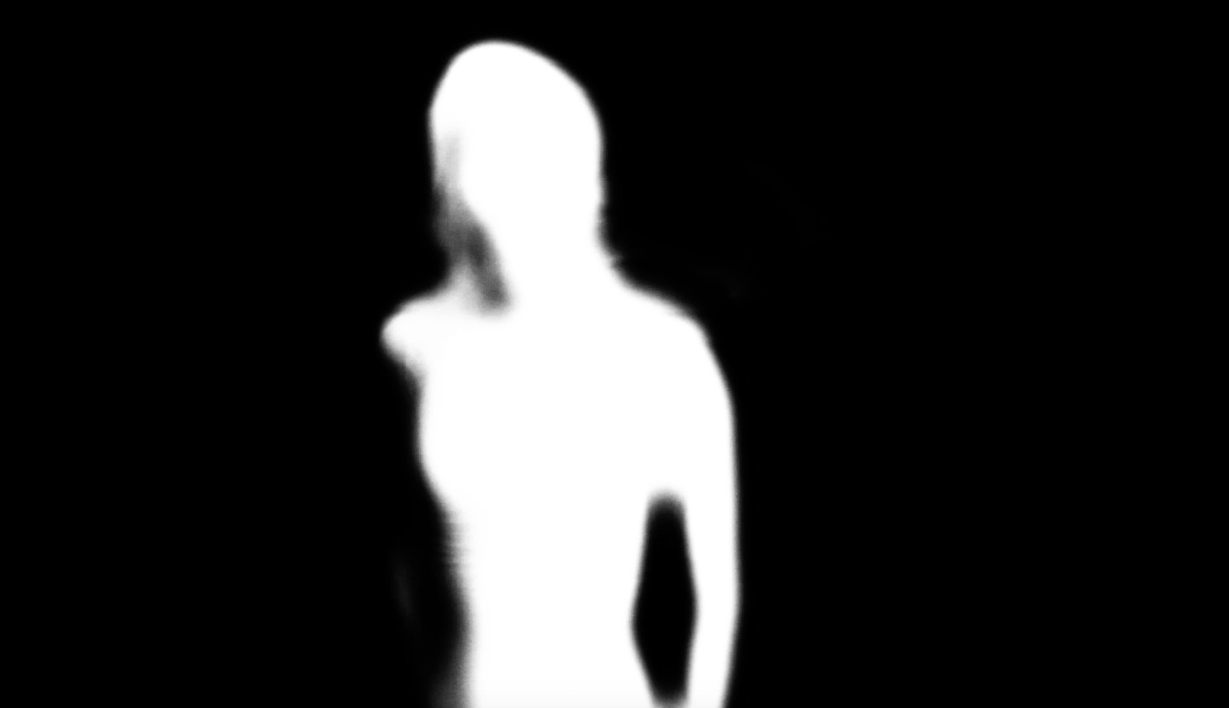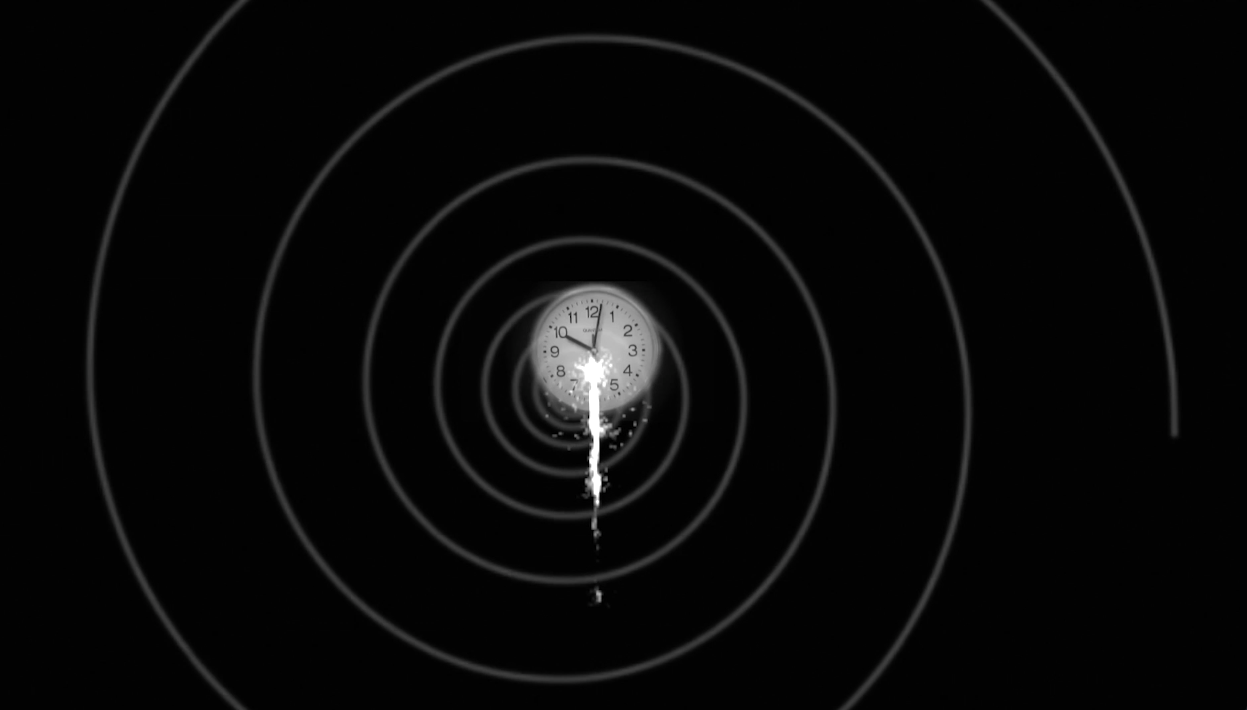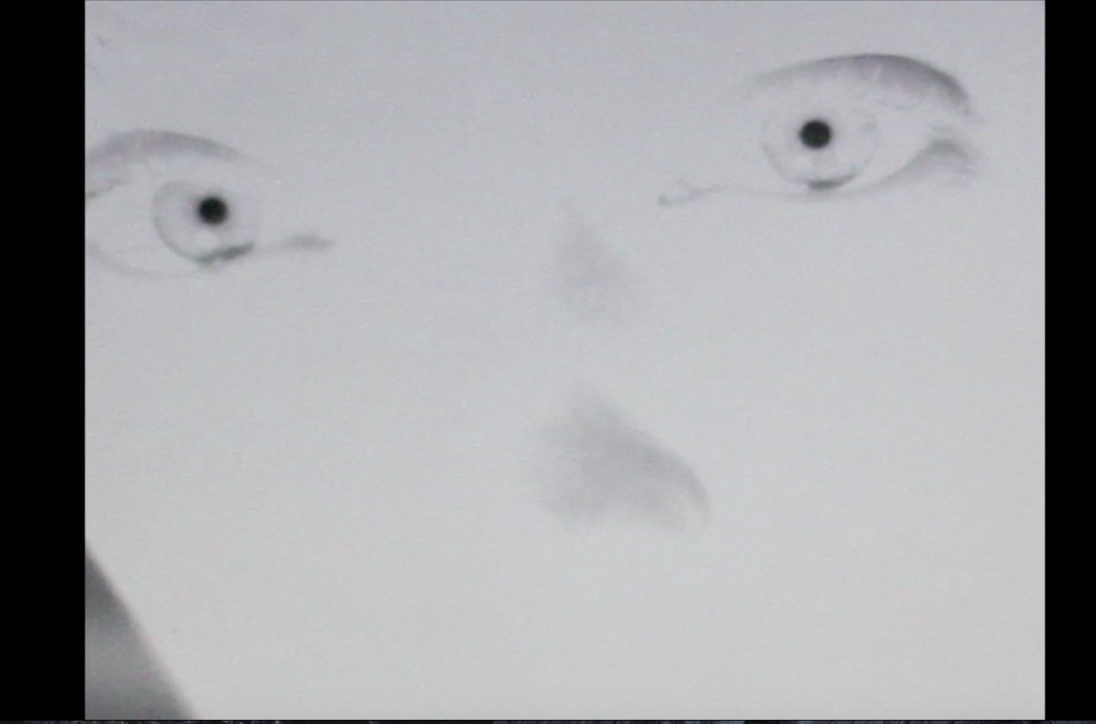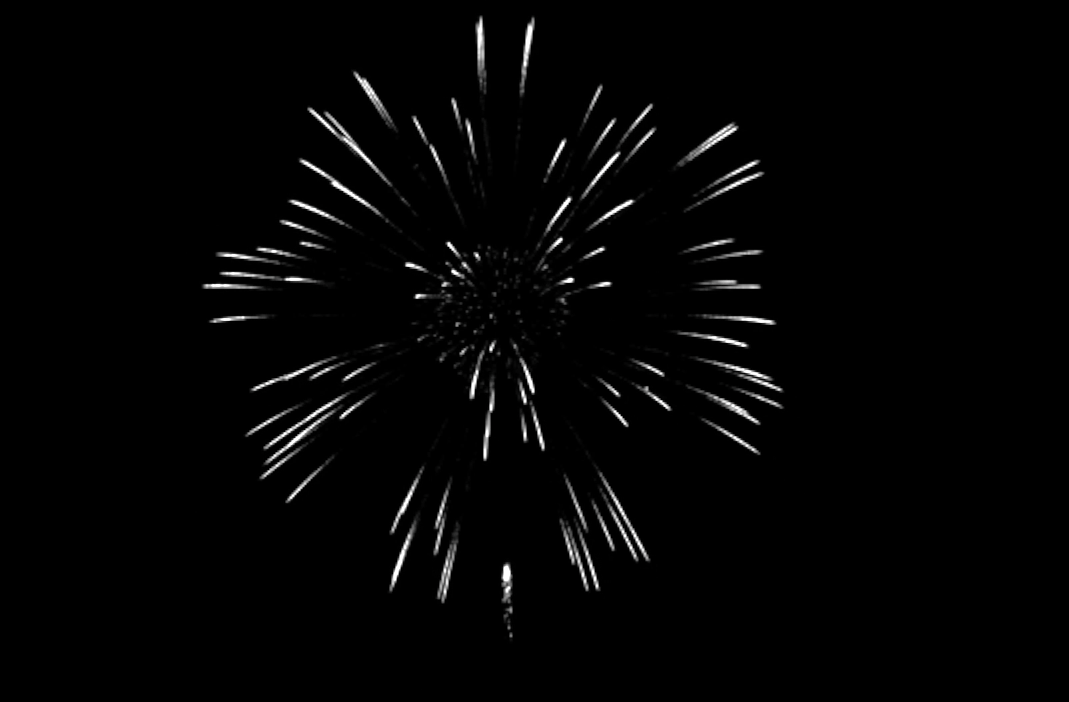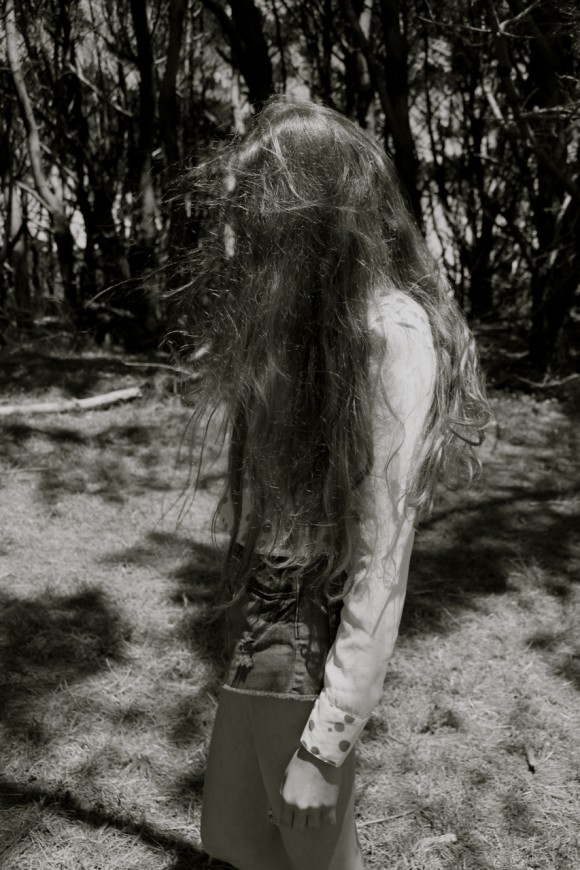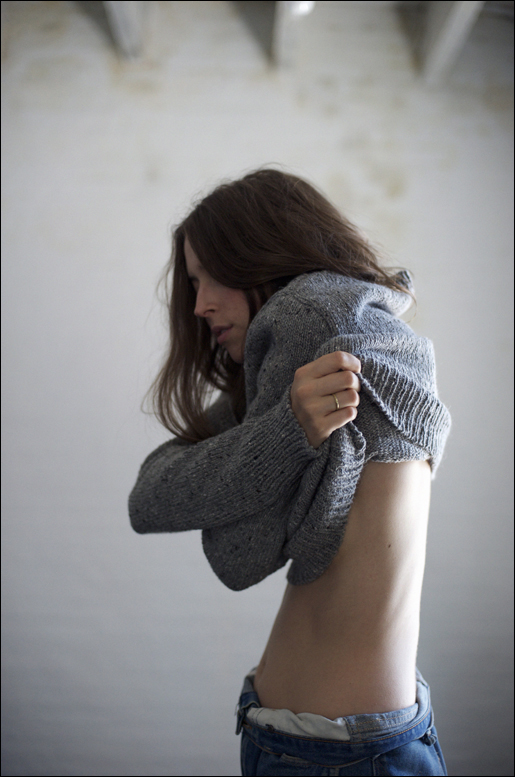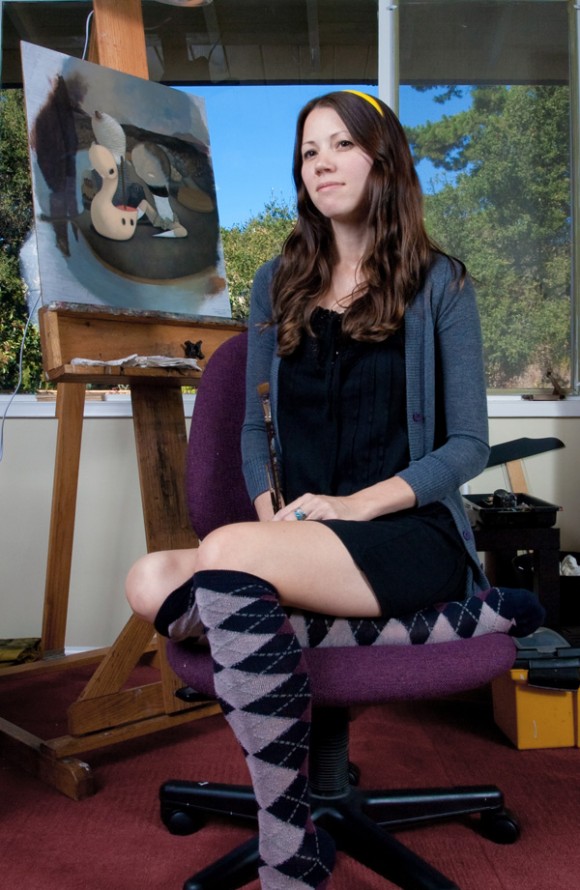When the desire to love sovereigns the need to be loved, a new fairy is born.
Fairy
Fairy is a visual journey of footage shot between 2015 and 2020, elaborated during
every mercury retrograde of the past five years. Fairy speaks of truths lived and
unlived but present within every female, reconciling with the harshness and delicacy
of leaving oneself behind in order to ignite another’s growth and incepting a process
of healing.
Finalised as a black and white (video)work, Fairy attempts to liberate the primary
thesis of Simone de Beauvoir’s ‘other’- woman (object) opposed to man (subject)-
focusing instead on the act of nurture and loving (and the consequences that arise
from it) as the center of its interrogation. Inviting personal reflections on the meaning
of womanhood, it does not oppose itself to male dominance but rather attempts to
understand the misleading and often uncherished acts of unconditional love.
The image of a fairy has been used in this context to bring about the idea of losing
one’s independence and personal goals for another but feeling fulfilled through the
act of emptying oneself. This loss is emphasized here as a magical gesture,
magical just like the fairies.
Whilst Simone de Beauvoir’s concept of ‘the other’ is synonymous of a jailed state of
female difference in defense to a male-dominated society, Fairy is constructed
around the idea of liberating the original conception of Beauvoir’s definition and
providing a new meaning of femininity.
The element of a spiral is present in the video representing a phase of
metamorphosis, where the continuous circular motion acts as creator and destroyer,
moving back and forth between parallel realities of the microcosm and the
macrocosm. Trapped within the circle of time in an endless generational vortex of
societal patterns, the fairy needs to find the courageous strength to set herself free.
She travels within the shadows of herself, within the impositions and expectations
that dominate her identity, and it is inside that shadow that she often loses herself.
The further she travels from who she is, the larger the shadow becomes. Taken from
Jungian canons and terminologies, where the archetype of the shadow is an
unconscious presence not entirely recognized by the person, Fairy transforms this
ethereal being into a tangible figure. By recognizing the fairy inside of us, it is there,
in the tide of disruption that we encounter the epitome of ourselves.
The shadow is synonymous of life as much as of death, recalling the idea of
reincarnation. A woman’s current presence as female may have previously been
another, as she may have been ‘the other’ or the one dominating her
as such. The essential difference in Fairy compared to many previous feminist
theories is that the act of marginalisation is used as a weapon as well as a shield. It
is precisely through this lack of recognition that she can roam in the most
unnoticeable of ways, fostering the inherent magic within herself, to ignite a larger
good. The fairy encounters many layers and is an invitation to question our sense of
‘other’ in and through ourselves.
Postface
Upon sharing the work with Iranian contemporary artist Shirin Neshat, whose intrigue
and beautiful reaction towards this piece expanded a sense of ephemerality and
incompleteness, it became clear that Fairy can only function within a multiverse. An
exhibition will therefore be created where Fairy will aim to liberate herself through
different art forms, allowing her to roam free eternally and continue to spread her
love.
–
Concept Sofia Mattioli
Foreword Greta Voeller and Sofia Mattioli

